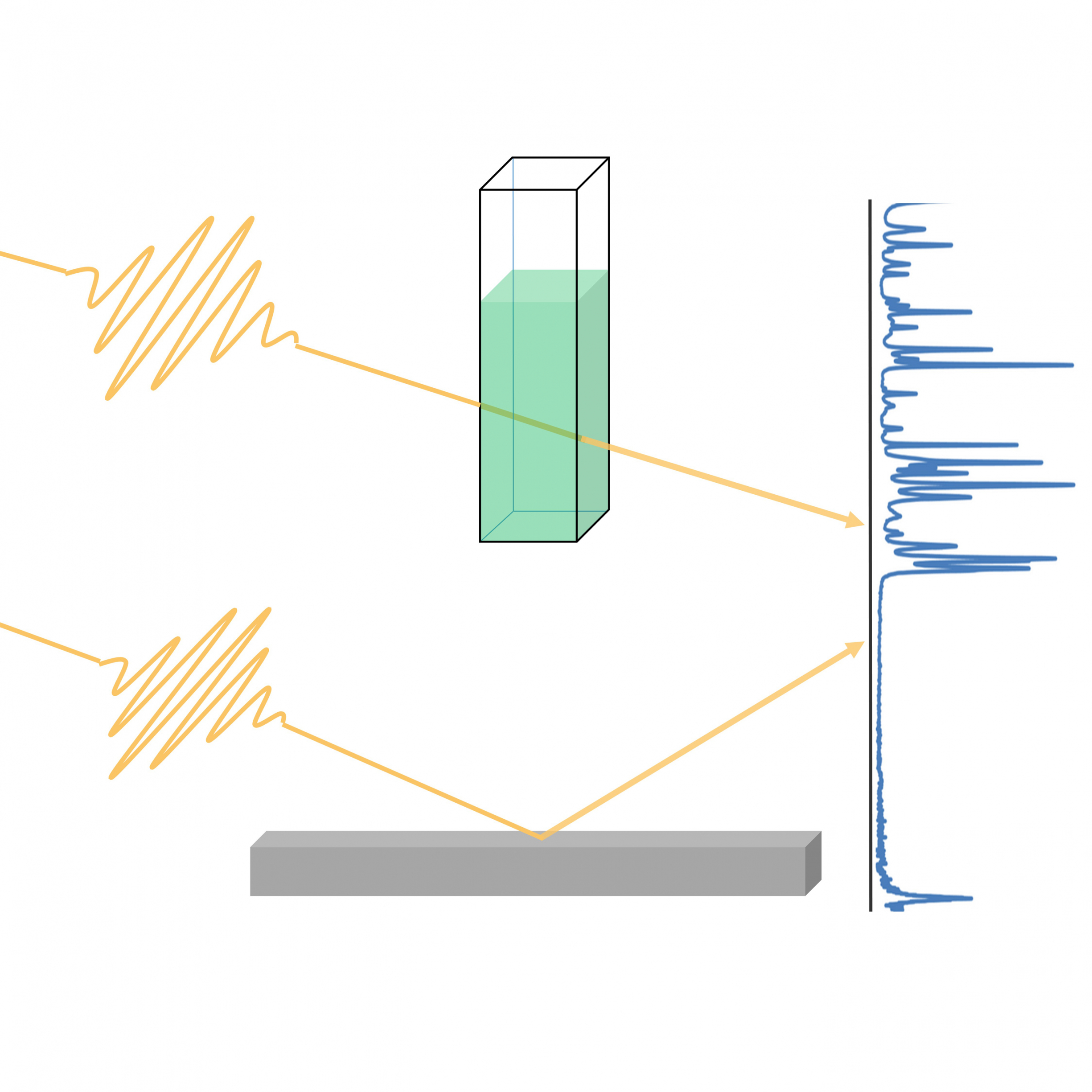Analysis and Spectroscopy

The analysis and spectroscopy expertise within the Department of Chemistry is being leveraged to gain specialized insight into the nature of a host of chemical systems. Our faculty utilize NMR, optical microscopy, fluorescence spectroscopy, and biosensing to provide critical insight into the interactions of molecules with each other and their surroundings. An important effort is to miniaturize bioanalytical platforms down to single cell, nanoscopic, or single molecule scales to improve the resolution and enable massively parallel analysis in a lab-on-a-chip format. New modes of scanning probe microscopy are being pursued to decipher chemical, electrical, and mechanical properties of macromolecules, photoactive materials, and nanostructures. Optical spectroscopies such as time-resolved emission and transient absorption spectroscopy yield critical insight about excited-state dynamics of chemical reactions and materials of interest to solar energy conversion.

Research Interests:
- Surface chemistry
- Nanomaterials chemistry
- Metals and metal oxides
- Polymer interfaces

Research Interests:
- theoretical and computational chemistry
- electronic structure
- disorder in materials
- photochemistry
- catalysis
- nanoscience

Research Interests:
- Biochemistry
- Biophysical chemistry of membrane proteins

Research Interests:
- Solid-state NMR spectroscopy
- Solution-state NMR spectroscopy
- Chemometrics
- Analytical methods

Research Interests:
- Targeted drug delivery
- Membrane protein biochemistry
- Cell signaling
- Cancer biology
Research Interests:
- Analytical chemistry
- Lipids and membranes
- Biosensors
- Microfluidics

Research Interests:
- Chemical Analysis
- Infrared Microscopy
- Peak Force Infrared Microscopy
- Scanning Probe Microscopy
- Time-Resolved Spectroscopy

Research Interests:
- Photochemistry
- Proton-coupled electron transfer
- Spectroscopy
- Solar energy
- Physical chemistry
